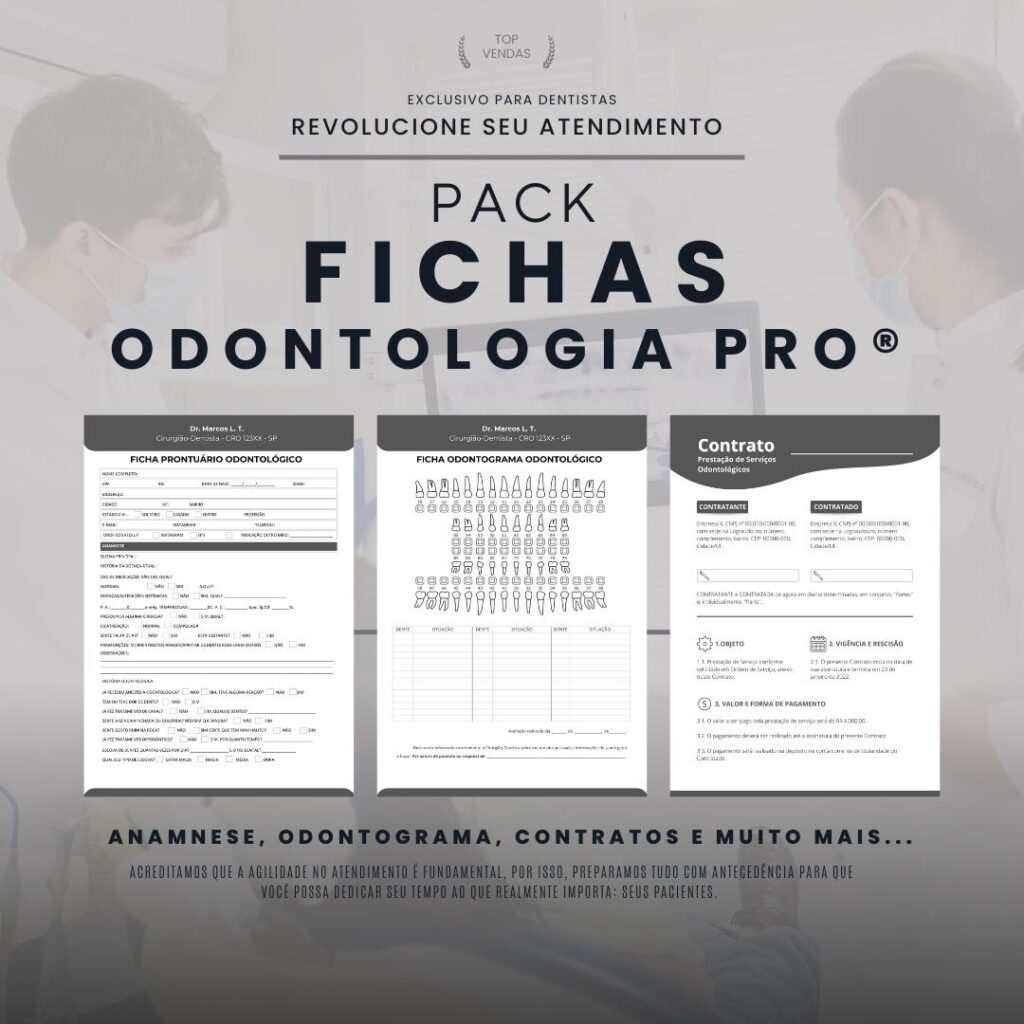O digital dentistry seminar is a valuable opportunity for professionals in the field to stay up to date on the latest innovations and trends in the industry. At this event, attendees will gain access to information on how technology is transforming the practice of dentistry, from teledentistry to advanced diagnostic techniques. Throughout this article, we will explore the key trends that are shaping the future of digital dentistry and how they can benefit your practice.
Technological Innovations in Dentistry


To the technological innovations in dentistry have revolutionized the way dentists treat their patients. Tools such as 3D printers, which allow the creation of personalized prosthetics and molds, make the process more efficient and precise.
Another example is the use of intraoral scanners, which replace traditional impressions and provide greater comfort to the patient. These devices capture digital images of the mouth, allowing for more detailed planning and a more accurate diagnosis.
A digital dentistry It also includes the use of advanced planning software, which helps simulate treatments and visualize results before they are even performed. This not only improves the patient experience, but also increases the dentist's confidence in clinical decisions.
Additionally, augmented and virtual reality are beginning to be incorporated into dental education, allowing future dentists to practice their skills in simulated environments, reducing the learning curve.
These innovations not only improve dental practice, but also promote more personalized and effective care, reflecting on patient satisfaction and oral health.
Importance of Teledentistry


A teleodontology has proven to be an essential tool in modern dental practice, especially in times of pandemic and social distancing. This type of service allows dentists to offer consultations and guidance remotely, facilitating access to dental care.
With teledentistry, patients who live in remote areas or have mobility difficulties can receive care without having to travel to the office. This expands the reach of dental services and ensures that more people can take care of their oral health.
Additionally, teledentistry is an excellent form of screening. Dentists can perform initial assessments and provide guidance on treatments without the need for an in-person visit, saving time and resources for both the professional and the patient.
Another advantage is the possibility of remote monitoring of treatments. Patients who are recovering can be closely monitored, receiving real-time guidance and adjusting their care as needed, which contributes to better outcomes.
Finally, teledentistry also has an educational role. Dentists can hold online lectures and workshops, sharing valuable information about oral health with a wider audience, promoting prevention and self-care.
Management Software Integration


A integration of management software in dentistry is a crucial step in optimizing the administration of clinics and practices. These systems allow dentists to manage appointments, medical records and billing efficiently, reducing the administrative burden and increasing productivity.
With management software, it is possible to automate appointment scheduling, sending reminders to patients via SMS or email. This reduces the rate of no-shows and improves the organization of the schedule, ensuring a more efficient flow of care.
Additionally, software integration makes it easier to access financial information. Dentists can track income, expenses, and generate detailed reports that help in making strategic decisions for business growth.
Another important point is the management of electronic medical records. The use of digital systems not only simplifies the storage of patient information, but also ensures greater security and privacy, complying with current regulations.
Management software integration can also include marketing features, allowing clinics to run loyalty campaigns and promote their services effectively. With analytics, dentists can better understand patient behavior and adapt their marketing strategies accordingly.
Improving Patient Experience


A improving patient experience is a growing priority in modern dental clinics, and the adoption of digital technologies plays a key role in this process. By using innovative tools, dentists are able to provide more welcoming and efficient care.
An important aspect of the patient experience is the clinic environment. With the implementation of online scheduling systems, patients can book their appointments quickly and conveniently, avoiding unnecessary queues and waiting. This provides a feeling of convenience from the first contact.
Communication is also essential for a good experience. Messaging tools and automatic appointment reminders help keep patients informed and engaged. Additionally, teledentistry allows patients to ask questions and receive guidance without having to come into the office.
Technology also enables closer monitoring of treatment. Dentists can use apps that allow patients to monitor their oral health, such as how often they brush and floss. This not only improves treatment outcomes but also increases patient satisfaction.
Finally, personalized care is an important differentiator. By collecting data and feedback, dentists can tailor their services to the individual needs of each patient, creating a bond of trust and loyalty. This patient-centered approach is essential to ensuring quality care and a positive experience.
Advanced Diagnostic Techniques


To the advanced diagnostic techniques have transformed dentistry, allowing dentists to identify problems more accurately and quickly. The use of technologies such as digital x-rays and CT scans provides a detailed view of the patient's oral structure.
Digital radiography, for example, reduces radiation exposure and provides high-quality images that can be viewed instantly. This not only improves diagnostic efficiency, but also makes it easier to share images with patients and other professionals, promoting better communication.
Cone beam computed tomography (CBCT) is another tool that has gained prominence. This technique allows a three-dimensional analysis of the dental arch, helping to identify complex problems, such as the evaluation of implants and the detection of lesions that would not be visible on conventional radiographs.
In addition to imaging techniques, modern dentistry also benefits from the use of computer-aided diagnostic tools. These software programs analyze clinical data and help dentists identify patterns and anomalies, increasing the accuracy of diagnosis and, consequently, the effectiveness of treatment.
These innovations not only improve diagnostic accuracy, but also provide faster and more effective care, resulting in better patient outcomes. Adopting advanced techniques is therefore essential for any clinic looking to stand out in the market and offer quality care.








